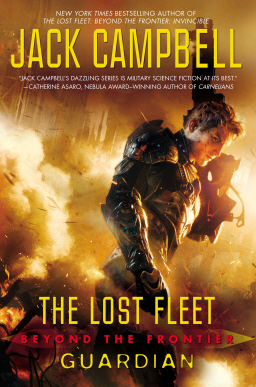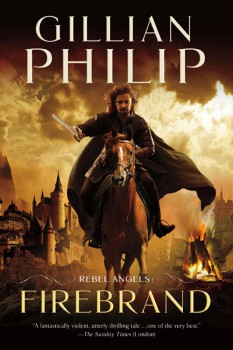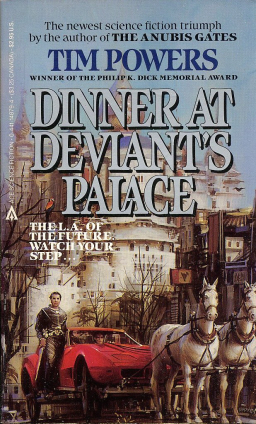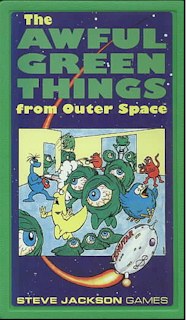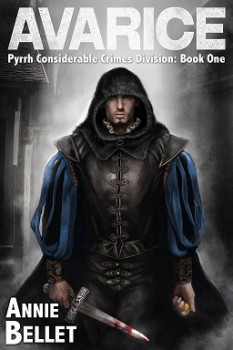Sword and Soul Revisited
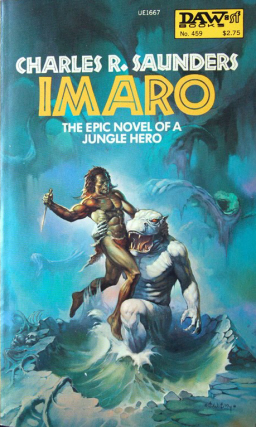 Five years ago, I embarked on a writing and publishing journey, finally fulfilling a lifelong dream. By doing so, I unknowingly became a part of a legacy that began long before I decided to set fingers to keys to write my first novel.
Five years ago, I embarked on a writing and publishing journey, finally fulfilling a lifelong dream. By doing so, I unknowingly became a part of a legacy that began long before I decided to set fingers to keys to write my first novel.
Decades earlier, Charles R. Saunders sat before a different type of keyboard to create a character that added an important perspective to sword and sorcery, Imaro. His motivation was similar to mine, although we came to the same conclusion years apart.
After falling in love with Robert E. Howard’s Conan and other stories and heroes that comprised Sword and Sorcery, he began to see the inequities. So to rectify the situation, he created Imaro, a man whose skills rivaled that of Conan’s, but whose world was grounded in African culture, history, and tradition.
My journey was sparked in a similar way, leading me to create my first Sword and Soul novel, Meji. Meji is a celebration of the diversity of the African continent, told through the story of twin brothers Ndoro and Obaseki.
It was coincidence that Charles and I were sparked to create characters from the same source; but it was fortuitous that we met through a mutual friend. It was Charles’s positive review of my Meji manuscript that convinced me that my decision to self-publish was the right thing to do.
But enough about me. What’s been happening with Sword and Soul in the five years since my publishing company MVmedia hit the ground running?
A hell of a lot.


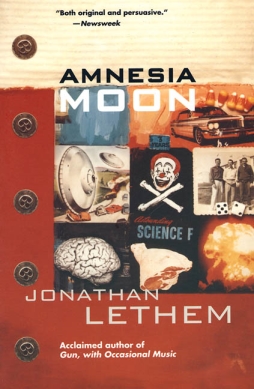 Not long ago, I came across a copy of Jonathan Lethem’s second novel, Amnesia Moon. I was curious: Lethem’s best known for his recent work in mainstream mimetic fiction, but his early novels were science fiction and he also wrote an odd take on Steve Gerber’s already-odd character Omega the Unknown for Marvel Comics in 2007. More, between 2007 and 2009, he edited
Not long ago, I came across a copy of Jonathan Lethem’s second novel, Amnesia Moon. I was curious: Lethem’s best known for his recent work in mainstream mimetic fiction, but his early novels were science fiction and he also wrote an odd take on Steve Gerber’s already-odd character Omega the Unknown for Marvel Comics in 2007. More, between 2007 and 2009, he edited 